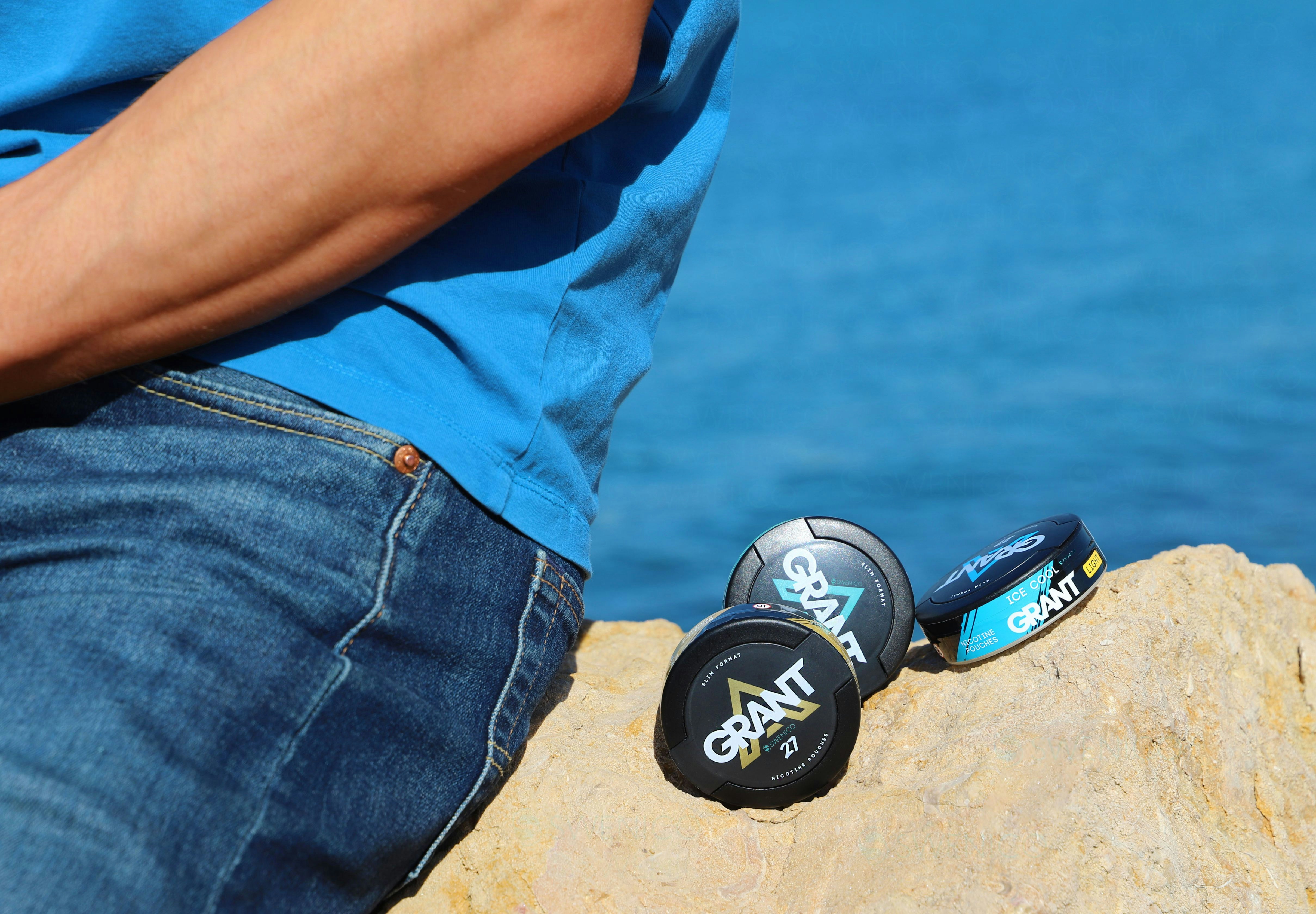The standard Kayfun Lite (KFL) can be improved by increasing the size of the airhole which makes the draw a bit "looser"
Before we start the guide, I will warn you that you may completely destroy the base on your Kayfun if you don't know how to use a drill correctly, or you may even get a drill bit stuck in the base.
PROCEED AT YOUR OWN RISK, I ACCEPT NO LIABILITY FOR DAMAGE.
I also recommend that you use a drill press for this procedure, you can do it with hand power drills but there is a much higher danger of snapping off a drill bit when doing this "freehand".
If you don't have a drill press, check and see if you have a friend that does!
Tools Required
Drill bits: 1.5mm, 2mm, 2.5mm. Use sharp High Speed Steel (HSS) or Cobalt steel bits.
Drill press, or a vice and power drill.
Airline or tin of compressed air.
Procedure
Disassemble the base, carefully unscrew the 510 screw with a flat headed screwdriver. Be careful not to loose the positive terminal or the insulator.
Remove the top insulator, and carefully store all of these small parts.

Insert the 1.5mm drill bit into the chuck on your pillar drill, and use this to center the airhole on the KFL vertically in the drill vice.
Remove the 1.5mm drill bit, and insert the 2mm bit into the chuck and visually check the KFL is centered.
Lower the drill bit until it touches the KFL, lock the quill and then set your depth stop to 10mm. Release the quill lock.
(If you are using a hand drill, wrap a piece of tape 10mm from the tip to give you a guide when to stop drilling)
Set a suitable speed for this drill bit (I used 150 rpm for unknown grade stainless).
Turn on the drill and perform your first plunge to the depth stop.
Do not attempt to drill too fast, and use a suitable lubricant.

Remove the 2mm drill bit, and insert the 2.5mm drill bit.
Again check the centering and reset the drill depth to 10mm using the depth stop and quill lock as above.
Turn on the drill and perform the second plunge.
If you have a sharp countersink, take this opportunity to create a very small smoothing countersink on the airhole.
If you don't have one, you will have to use 400 grit wet and dry paper to remove any burring on the hole.

Remove the base from the vice, and using a 5mm drill bit held in the hand, clean out any swarf or burrs from the inside of the KFL base where the 510 connector inserts.
If you are really posh and well equipped use a hand held deburring tool.
There will be some just above the lower insulator but I was unable to get a picture of this!
Blow out any swarf using an airline, or can of compressed air.
Now thoroughly wash the base in hot water with washing up liquid to remove any machining oil as you would for a new device.
Reassemble and build your KFL and enjoy the superior airflow!
I took this opportunity to polish the base to a shine using a bench polisher.

Toby Kilroy
Writer at POTVToby has been vaping since early 2012 and has used an array of devices and kit in that time. He sometimes writes up reviews but is often found with his head stuck in pages of code with a confused smile on his face. Toby also helps run his wife's site gethistory.co.uk and has two children. He sometimes fondly remembers having free time and occasionally manages to sneak away to put his head into a good book!
Join the discussion
Guidelines for Successfully Quitting Smoking with Nicotine Pouches
Nicotine pouches are not only a great way to get rid of aggressive smoking habits, but a substitute for smoking as well. Let’s discuss these nicotine pouches and how you can use them to successfully get rid of your chain-smoking practices.
The POTV Guide To Batteries
The POTV guide to batteries aims to answer all of your questions regarding lithium-ion cells for vaping
The POTV Guide to the Politics of Vaping
This guide looks at the laws that control what, how and where we vape as well as introducing the groups, charities and organisations that work to influence government policy
Can Pregnant Women Use Ecigs?
There are compelling reasons to quit smoking when pregnant, but should expectant mothers switch to vaping?






-listing400.jpg)




